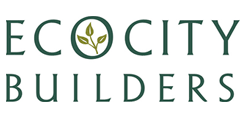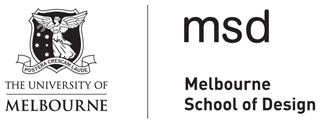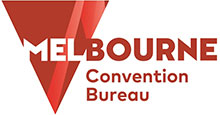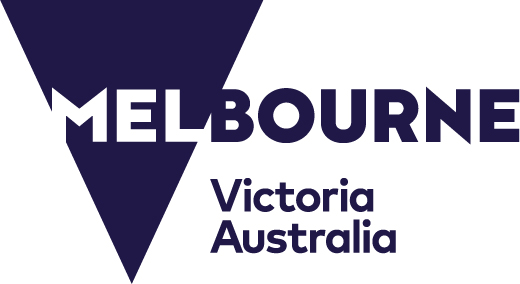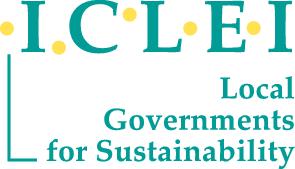Melbourne is a profoundly paradoxical city. It has a strikingly diverse multicultural population of around four million people, but is founded on an Anglo-European heritage that, until the late 1960s, fiercely attacked multiculturalism as anathema to its cultural-political harmony. It is a densely urbanized and vibrant city of high-rise buildings, restaurants, parks, and blue-stone footpaths. But its metropolitan footprint radiates outwards into a region of ever-stretching car-dependent suburbs, mixed-use peri-urban zones, and a hinterland of temperate dry-land farming where most of the trees have been cut down. It is a trading city with a global port, though its manufacturing base for export has steadily declined since the 1970s. It is the administrative and service centre for the south-east corner of Australia, and yet 90 per cent of traded imports stay in the metropolitan area. It is a global city with a well-educated population who have a growing and sophisticated public consciousness about climate change, recycling and water-consumption issues. However, Melbourne is becoming less sustainable, even as it maintains good liveability in certain dimensions of social life.
For more than fifteen years, Melbourne has been working to become one of the world’s most sustainable cities. In responding to growing ecological challenges, the city set itself the goal of being carbon neutral by 2020. Moreover, The City of Melbourne, together with local residents, businesses and interest groups has developed a range of innovative plans, strategies and programs for a more sustainable Melbourne. Some of these plans and strategies include:
- Zero Net Emissions by 2020 Strategy
- 1200 Buildings program aims to encourage and support building owners, managers and facility managers to improve the energy/water efficiency and reduce waste to landfill of commercial buildings in the municipality of Melbourne
- Urban Forest Strategy
- Urban Landscapes Climate Adaptation Program
Further information is available at: www.melbourne.vic.gov.au/Sustainability/Pages/Sustainability.asp
THINGS TO DO:
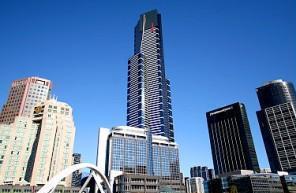 EUREKA SKYDECK
EUREKA SKYDECK
Created to reach for the sky, nothing you have ever experienced will prepare you for the awe inspiring view of Melbourne from the Southern Hemisphere’s highest viewing platform.
Open daily – 10:00am – 10:00pm (last entry 9.30pm)
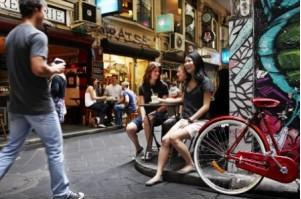 LANEWAYS OF MELBOURNE TOUR
LANEWAYS OF MELBOURNE TOUR
Weaving a maze through the city grid, Melbourne’s laneways are full of hidden treasures – Al fresco eateries, one-off shops, bars that are off the beaten track; all nestle side-by-side winding in all directions throughout the city.
Tours run daily – 3 hours duration (2.5 hours without lunch)
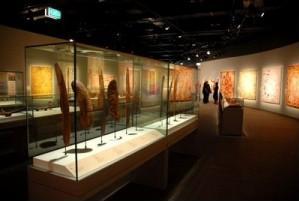 MELBOURNE MUSEUM
MELBOURNE MUSEUM
The modernist Melbourne Museum is the largest museum complex in the Southern Hemisphere. Spread over three levels, the museum draws on the latest technology to give an insight into Australia’s flora, fauna and culture.
Open daily – 10:00 am – 5:00 pm
 MELBOURNE ZOO
MELBOURNE ZOO
With more than 320 species on view, Melbourne Zoo offers a window into the diversity of the world’s wildlife. Visiting the Zoo is an opportunity to get back in touch with the wonders of nature – only 4km from the city centre.
Open daily – 9:00am to 5:00pm
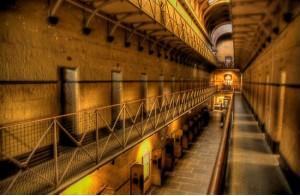 OLD MELBOURNE GAOL
OLD MELBOURNE GAOL
Home to Melbourne’s oldest prison, historic Magistrate’s Court and former Police City Watch House, Russell Street has been the heart of crime, law and order in Melbourne since the 1840′s.
Open daily – 9:30am to 5:00pm
